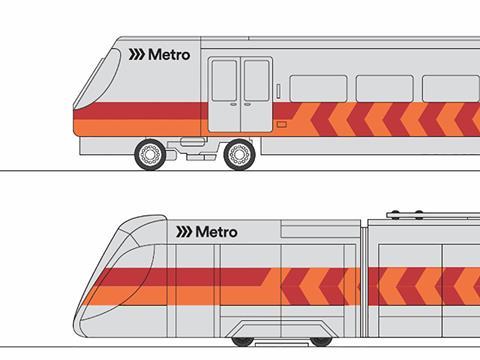
UK: Public consultation on the proposed Cardiff Capital Region Metro programme to develop an integrated network of rail, bus and light rail services is to begin in early 2016, Wales’ First Minister Carwyn Jones announced on November 30.
Metro would involve incremental infrastructure improvements and potentially the development of light rail and bus rapid transit routes to provide a ‘substantial increase’ in the speed and frequency of public transport, with the aim of providing a comprehensive network with four services per hour on each route and integrated ticketing.
The rail element would be part of the next Wales franchise, which is scheduled to be awarded in 2017. The Welsh Government began market-testing its Metro proposals with an industry engagement event in June, followed by discussions with potential bidders, rolling stock and maintenance suppliers, financiers and other interested parties. In its ‘Rolling Out Our Metro’ document published as part of the consultation, the Welsh Government says that some potential options ‘may be better value, and deliver better outcomes, than the original concept for Valley Lines electrification’. It also recognises that there would be legislative, commercial and other barriers to providing the desired modal integration, and ‘a degree of re-regulation may be needed.’
The £77m Metro Phase 1 is already underway for competion in 2016, and includes station and capacity works on the Ebbw Vale line.
The development of Metro Phase 2 for completion in 2023 would be integrated with the new rail franchise. This would focus on modernisation projects including the Valley Lines electrification programme. It could also include light rail projects, which would be extended in future phases.
Metro ‘is an ambitious project linking people and jobs across South Wales in a fast, efficient and environmentally positive way’, said Jones. ‘Metro is far more than just a transport project. It will be a catalyst for transforming the economic and social prospects of South East Wales and the country as a whole.’

















